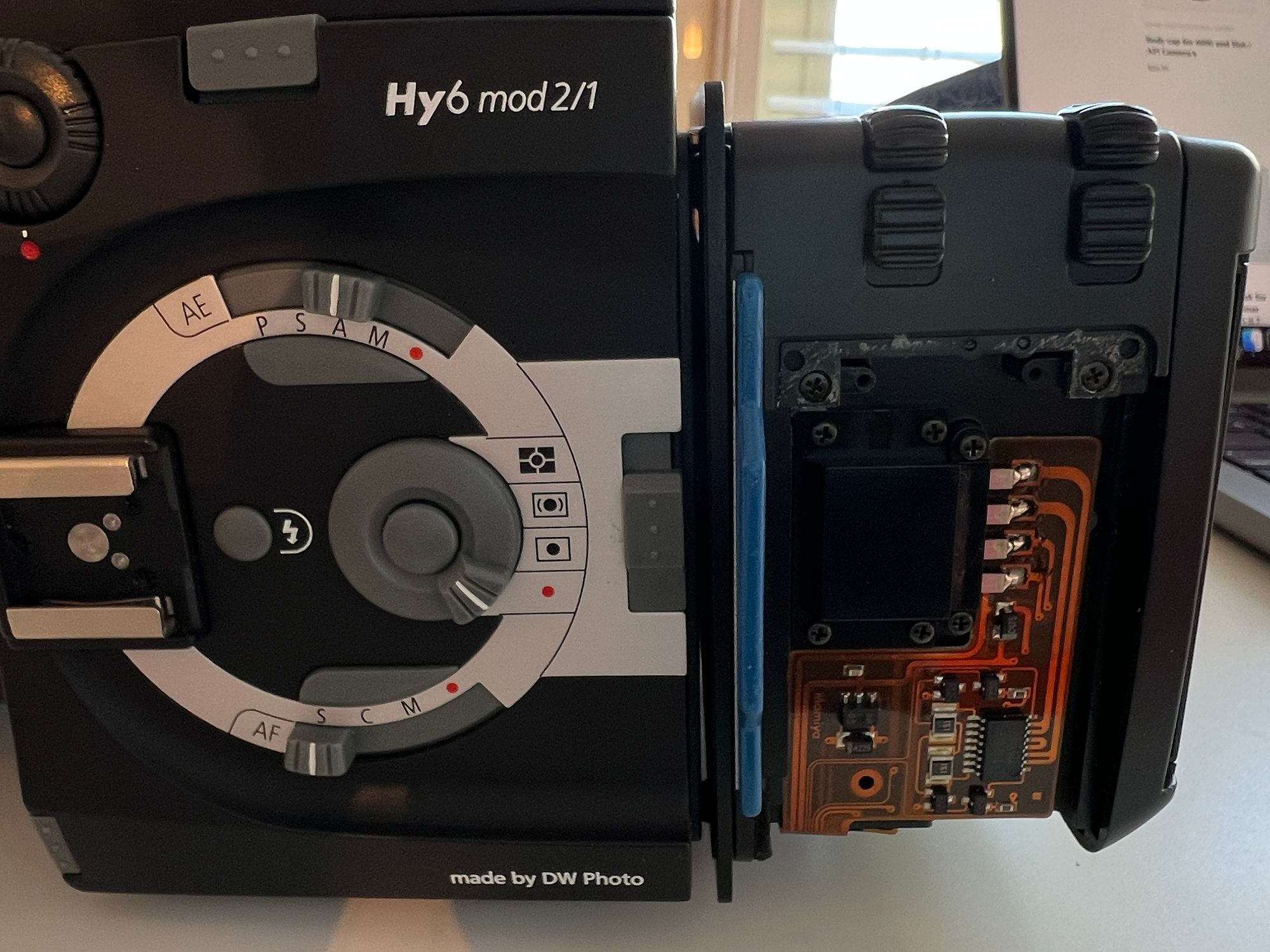Hi!
I've been using my IQ1 80 for a while exclusively for landscape photography. While I'm really happy with the files I get out of it, the image taking process could be more enjoyable: Focusing is and has been always a pain on my ALPA 12 TC, especially in lower light conditions. Thus I wondered if the IQ3 80 would have an advantage over the older back. I know that it has a newer Sensor and supports WiFi (the most notable features to me), but I cannot find info whether live view has been improved.
Does anyone have experience with both backs on a technical camera?
Thanks a lot!
I've been using my IQ1 80 for a while exclusively for landscape photography. While I'm really happy with the files I get out of it, the image taking process could be more enjoyable: Focusing is and has been always a pain on my ALPA 12 TC, especially in lower light conditions. Thus I wondered if the IQ3 80 would have an advantage over the older back. I know that it has a newer Sensor and supports WiFi (the most notable features to me), but I cannot find info whether live view has been improved.
Does anyone have experience with both backs on a technical camera?
Thanks a lot!



